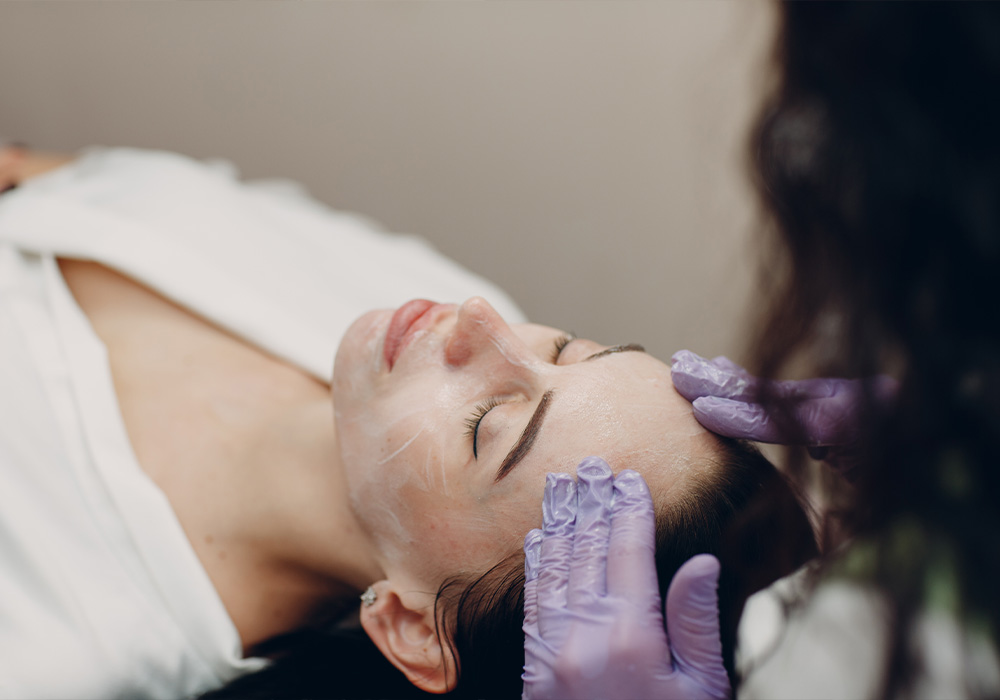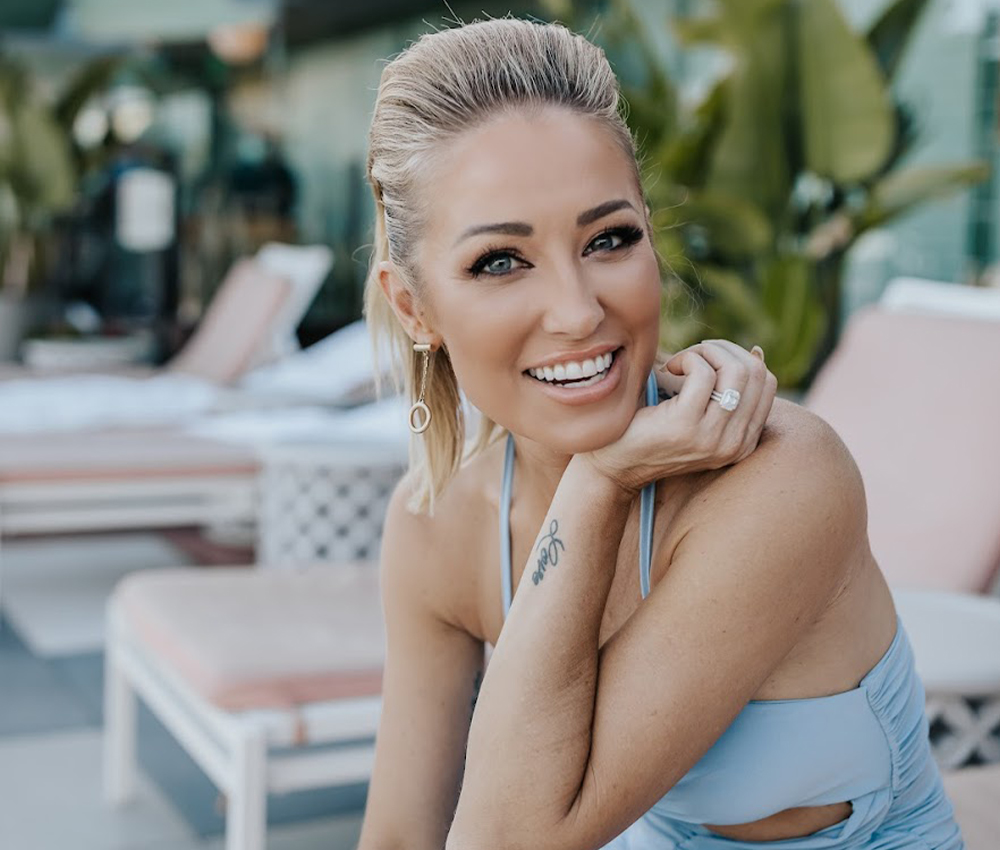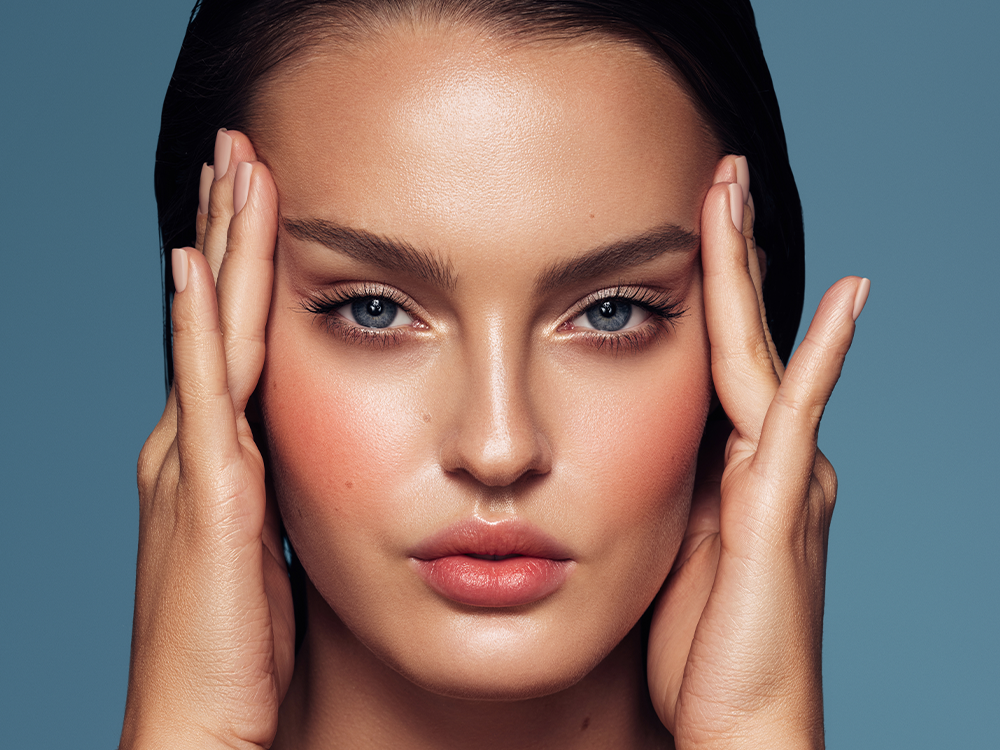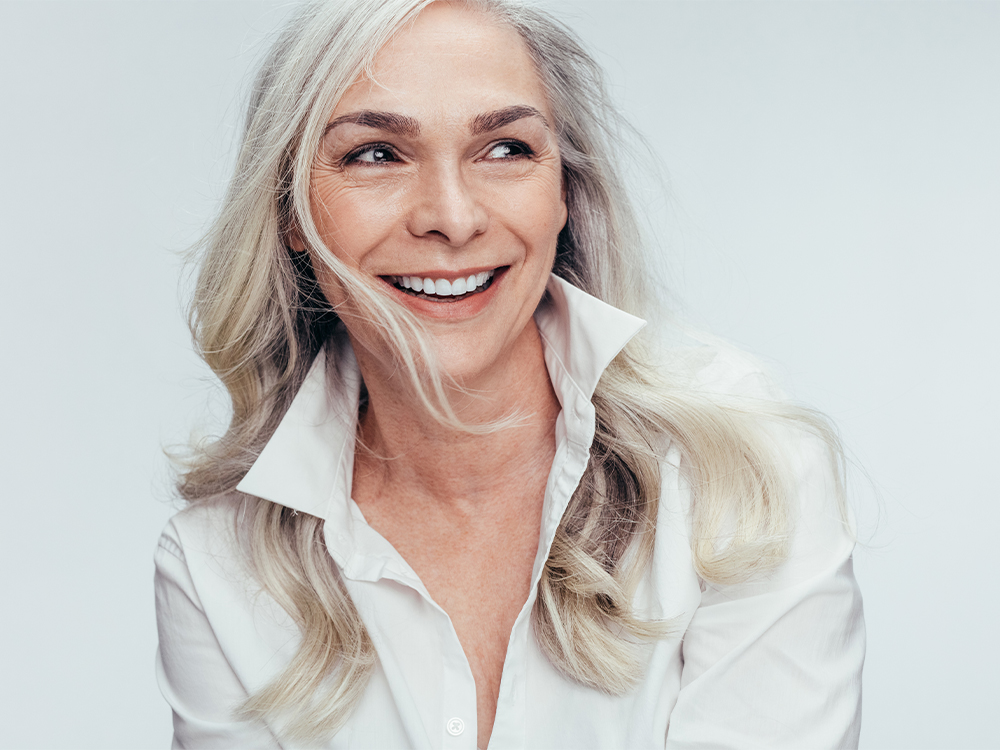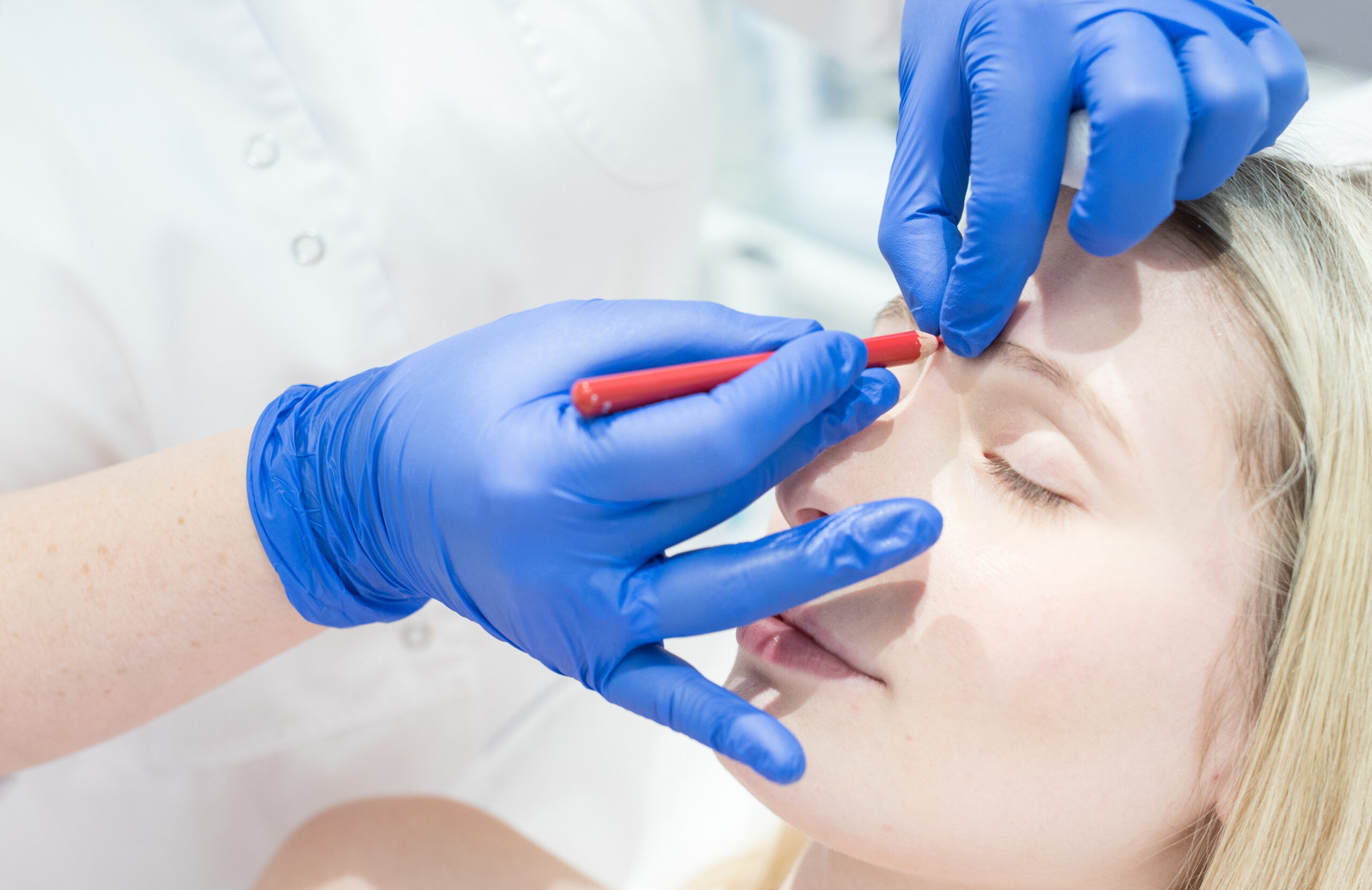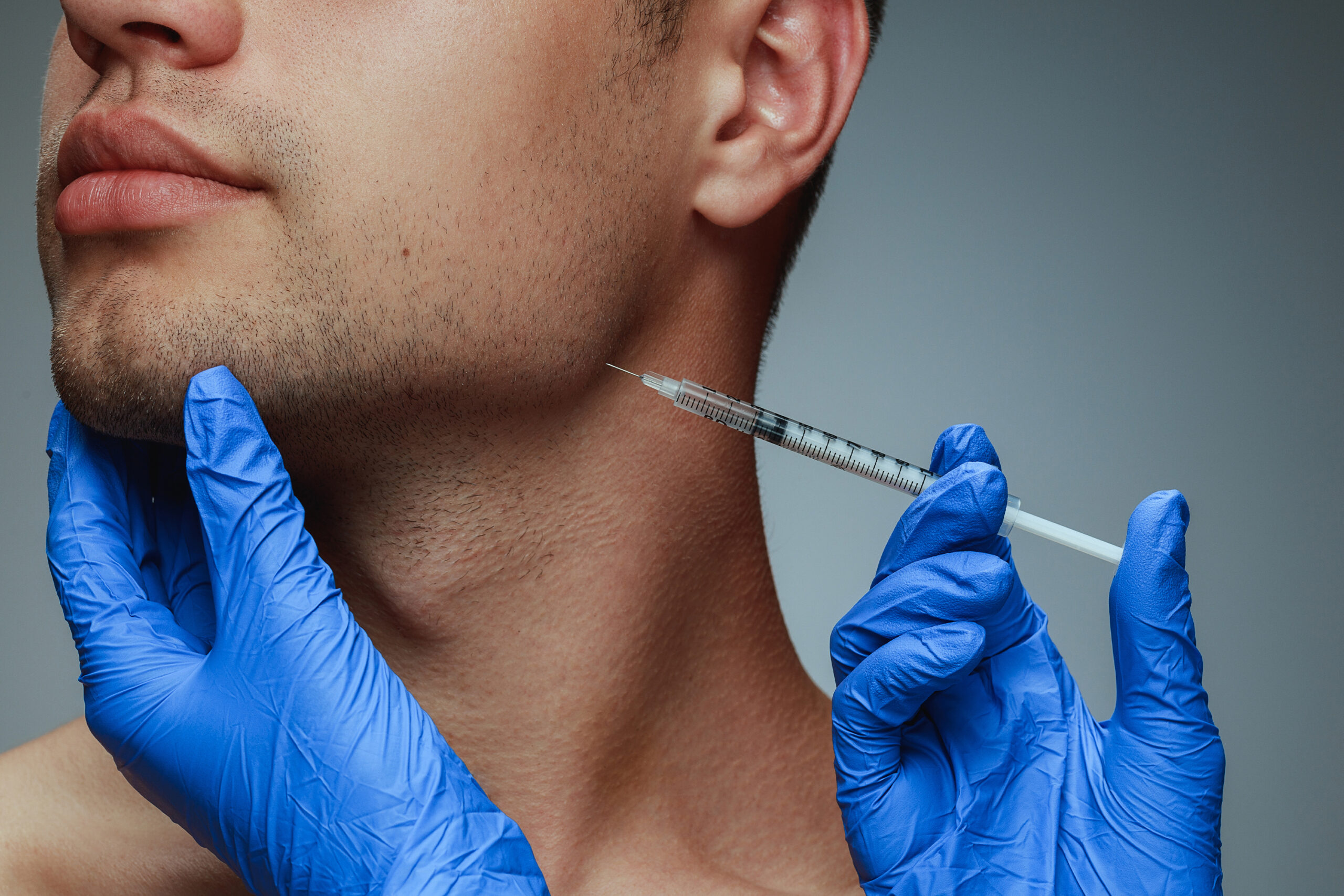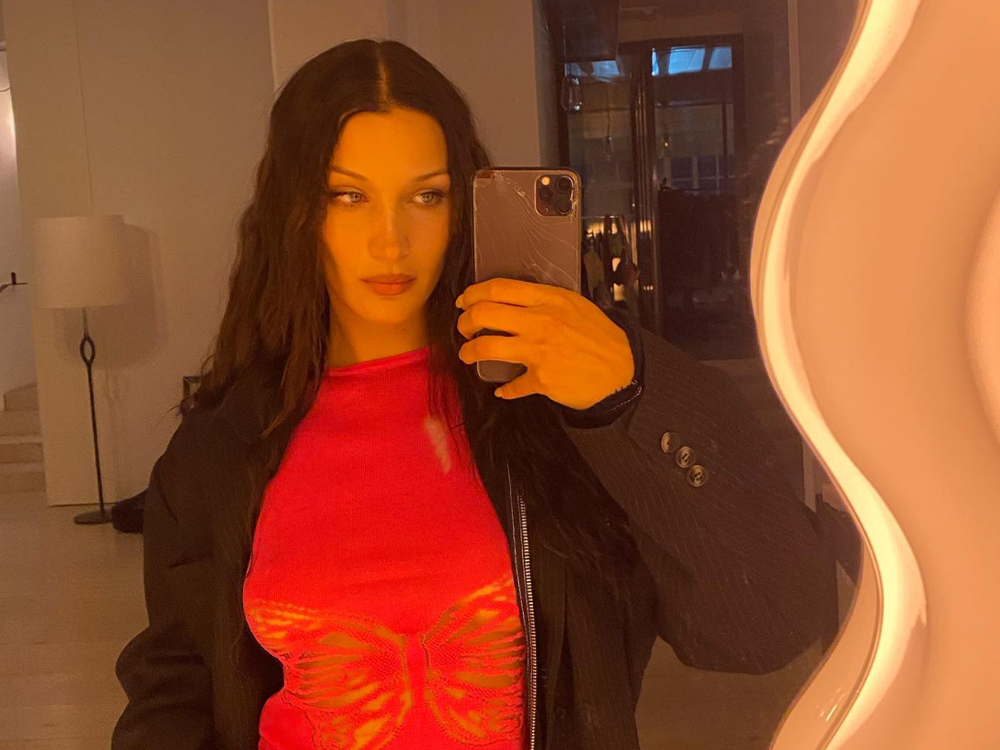New York facial plastic surgeon John Kang, MD has been seeing an uptick in pretty much “every aesthetic treatment and surgery” since the stay-at-home has been lifted.
The reason, he says, isn’t so surprising: “The greatest drive is the constant ‘Zoom-ing’ people are engaged in as part of carrying out their work remotely at home.”
While the magic of the virtual communication platform may be playing a huge part in our day-to-day, Dr. Kang says it’s not delivering the most accurate portrayal of our physical appearance—even with the much sought-out filter option.
“On a two-dimensional screen, we simply look flatter and wider,” he notes. “If you have any combination of thin lips, weak chin or small nose, optically you are going to appear a bit wider and flatter almost appearing like you might have gained a few extra pounds.”
“Plastic surgeons are seeing an increased number of patients that have concerns about certain features on their face and neck, especially their noses,” concurs Newport Beach, CA plastic surgeon Sanjay Grover, MD, who points to the rapid rise on not only Zoom, but FaceTime as well.
“These platforms utilize the cameras on their mobile devices, iPads, laptops and computers,” he says. “These cameras can distort certain features depending on the distance away from the camera as well as the angle.”
Palo Alto, CA facial plastic surgeon Jill Hessler, MD also points to the factor that, under normal, non-constant telecommunicating circumstances, we don’t look at ourselves all that much.
“We’ve kind of been forced to look at ourselves much more than we ever have in the past,” she says. “Most people usually look in the mirror in the morning and evening, as they are getting ready for the day and brushing their teeth at night. Now, on Zoom, it is like we are being forced to look in the mirror for hours a day.”
To that end, Dr. Hessler has seen many patients complaining about their neck or eyebags, specifically. “Lighting can have a significant impact on the appearance of eyebags. Low lighting—and especially overhead light—can emphasize eye bags and create more shadows in the depressions of the eye. While lighting has a significant impact on the eye appearance, camera positioning has a significant effect on the neck appearance. A camera from a laptop, which is angled upward, can emphasize fullness and redundancy in the neck and give the appearance of more fullness in the neck area.”
“The ‘enhance’ feature on Zoom can soften surface lines of the face, but it doesn’t change contours to the face such as jowls, neck fullness and eyebags or extra eyelid skin.”
Likewise, New York dermatologist Julie Russak, MD points to Zoom as fueling an interest in the treatments she performs. On the downside, she also blames it for sparking “overly harsh criticism” in the self, which she’s afraid could result in some “overdone cases”—specifically when it comes to neurotoxins and fillers.
“I am hoping that we will not see this—right now, it’s much more important than ever for physicians to be the ‘voice of reason,’ so to speak, and the advocates for their patients. We’re all stuck looking at our faces on Zoom every day, and we’re becoming the worst critics of ourselves because we sit and stare at our face all day long.”
But, as Dr. Russak stresses, “the job of a cosmetic physician is to educate your patients on what’s the right thing to do, and what is not the right thing to do—and sometimes the right thing to do is to say no. I strongly believe that if you have a good relationship with your patients, if your patients trust you, and if you deserve their trust, then you will not see overdone cases.”
What’s more, San Antonio, TX dermatologist Vivian Bucay, MD says, the “increased scrutiny” as a result of more screen time isn’t just inaccurate, it’s simply not the how other people see us.
“So many patients are seeing things that may not necessarily be there because of distortion secondary to camera position and lighting,” she says. “I spend a lot of time during the patient’s visit explaining that they need less treatment than what they are requesting. For those who are back working in a location or in a job that requires wearing a mask most of the day, the upper face takes front seat, whereas those working remotely and spending a lot of time on screen want to treat it all and are less of afraid of bruising because they can wear a mask when they go out or turn off the video camera.”
“My responsibility is to keep them looking natural, and ‘more’ doesn’t always mean looking better.”





